
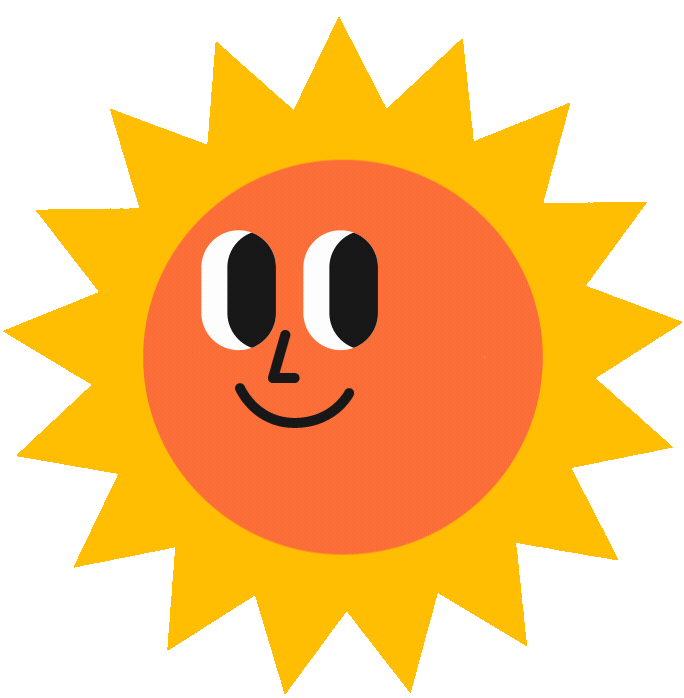
Indigenous Now
Native Representation Beyond the Historic:
Indigenizing children's literature for the classroom
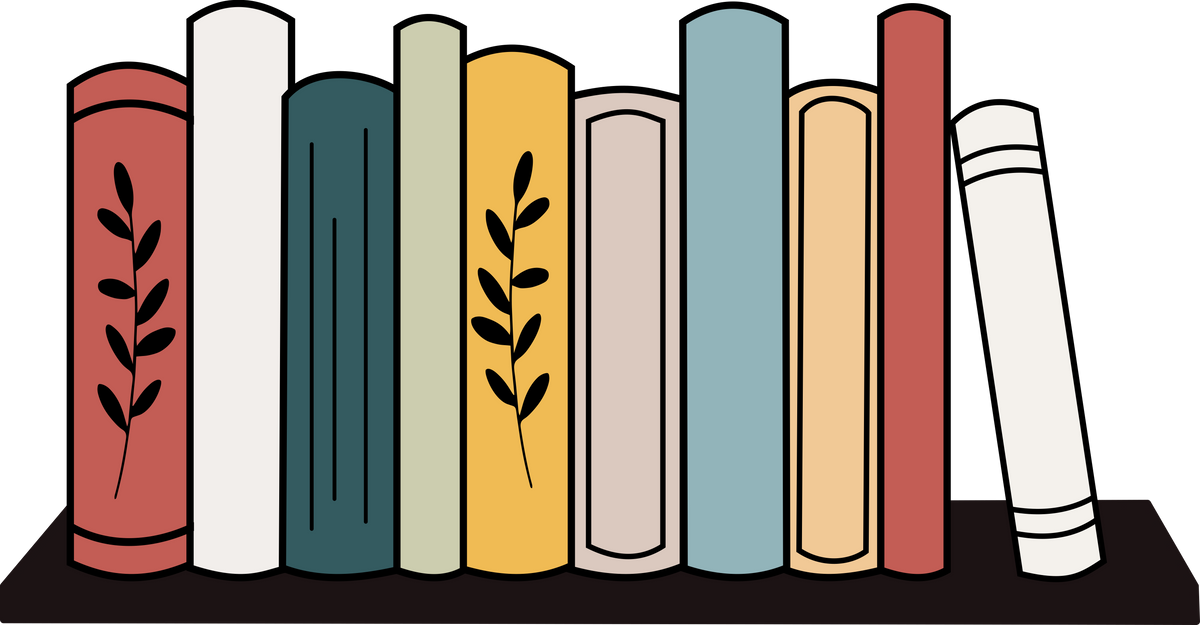

Halito! (Hello; Chatah)

When you think of 'Native American', what is the first image that comes to mind? Without intending to a familiar image of feathers, 'tipis', or headdresses may come to mind. But what about Kyrie Irving, a Standing Rock Lakota tribal member who is a professional basketball player? Or Quannah Chasinghorse, a Han Gwich'in and Sicangu/Oglala Lakota land protector and model who went to the 2023 Met Gala?
The examples given are specific, but they highlight an important issue that occurs in classrooms. Literature such as textbooks often portrays Indigenous people through an antiquated lens. By ignoring current events in Indian Country, Indigenous people are relegated to historical moments that places them as artifacts of the past. We know representation matters. In a 2015 article, Rebecca Covarrubias and Stephanie A. Fryberg for the Journal of Cultural Diversity and Ethnic Minority Psychology found that when Native American students are exposed to 1 self-relevant role model, students report an increase in school belonging (Covarrubias & Fryberg, 2015). Self-relevancy means showing Indigenous students role models who reflect the present- the Now
.
Create a space where Indigenous values and knowledge are respected
Curate literature that uplifts Indigenous nation building
Make sure to displace inaccurate and harmful stereotypes while also supporting students to learn the true histories
Make sure to include current information about events happening in Indigenous communities.
Ikhvnanchi (Teacher; Chatah)
Debbie Reese, a Nambe Pueblo tribal member, at the University of Illinois at Urbana-Champaign tells us that Indigenizing children's literature may be the key. She highlights some key ways that we can create a more inviting literary educational framework (Reese, 2008):

Fry Bread
Written by Kevin Noble Maillard
Illustrated by Juana Martinez-Neal
Fry bread is a Native American fried dough that was developed during the Trail of Tears. In this picture book by Kevin Noble Maillard, fry bread is given new life by depicting how food from the past can be connected to the future. Fry Bread is a celebration of Native American knowledge through food, family, and culture. The author included his family's fry bread recipe!
Values and Knowledge
We Are Grateful: Otsahileliga
Written by Traci Sorell
Illustrated by Frané Lessac
Through masterful artistry, Cherokee values and knowledge are demonstrated through changing seasons as we learn all the different reasons to be grateful. Traci Sorell breaks down the meanings of Cherokee words with pronunciations that are easy to understand. We also get to see baby-naming ceremonies, Cherokee holidays, and family dynamics. There is a definitions section with the Cherokee Syllabary included!
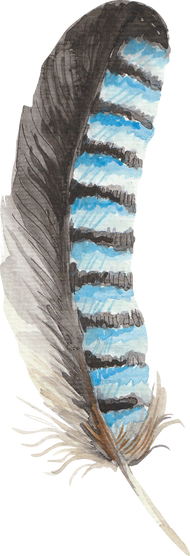
Ancestor Approved
Intertribal Stories for Kids
Edited Cynthia Leitich Smith
With the Dance for Mother Earth Pow-wow on the horizon, kids of all Indigenous backgrounds learn what it means to rediscover their ancestral roots through dance, stories, and family. The book is a collection of 18 interconnected short stories and poems that are elegantly told through notable Native authors such as Kim Rogers, Traci Sorell, and Cynthia Leitich Smith.
Nation Building
Finding My Dance
Written by Ria Thundercloud
Illustrated by Kalila J. Fuller
Ria Thundercloud was born to dance. At just four years old, she jangle danced at her first pow-wow. Finding her place in the contemporary dance world would come to be more challenging than she ever imagined. With her ancestral knowledge to guide her, Ria Thundercloud returns to her people as a professional dancer who goes on to teach the next generation of jingle dancers!
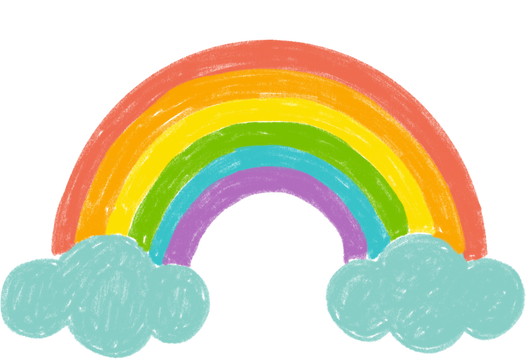

Peggy Flanagan
Ogimaa Kwe, Lieutenant Governor
Written by Jessica Engelking
In this installment by the Minnesota Native American Lives Series and the Minnesota Humanities Center, Peggy Flanagan tells her story to become the first Native woman as Lieutenant Governor of Minnesota. In conjunction with Jessica Engelking, this book discusses the obstacles Peggy Flanagan while she fought to tell Native stories is a true way
True Histories
The American Indian Rights Movement
Written by Eric Braun
Content Consultant: Jill Doerfler, Associate Professor of American Indian Studies, University of Minnesota-Duluth
Without diluting the truth, this picture book from Alternator Books highlights important historical events while connecting current events such as #NoDAPL, protests, and Indigenous futures.
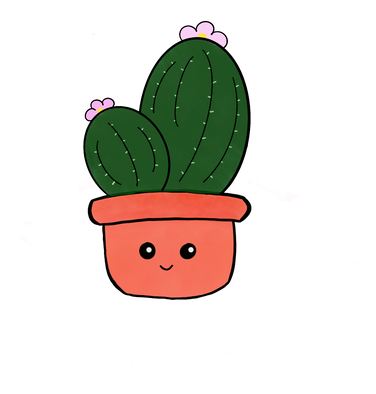
Notable Native People
Written by Adrienne Keene
Illustrations Ciara Sana
Adrienne Keene, assistant Professor of American Studies and Ethnic Studies at Brown University became frustrated at the lack of diversity of Native American stories. Notable Native People holds space for Natives that come from all over Turtle Island- past and present. Within its pages, you will find stories on activists, bead workers, tattoo artists, athletes, and leaders.
Current Events
We Are Water Protectors
Written by Carole Lindstrom
Illustrated by Michaela Goade
A Future Water Protector learns how sacred water is through stories told by her Nokomis (grandmother.) As stewards of the land, Carole Lindstrom took inspiration from modern water protectors to urge readers to rally against Black Snake who harms waterways. There are extra readings, a glossary, and an Earth Steward and Water Protectors Pledge to encourage young readers to protect against Black Snake.
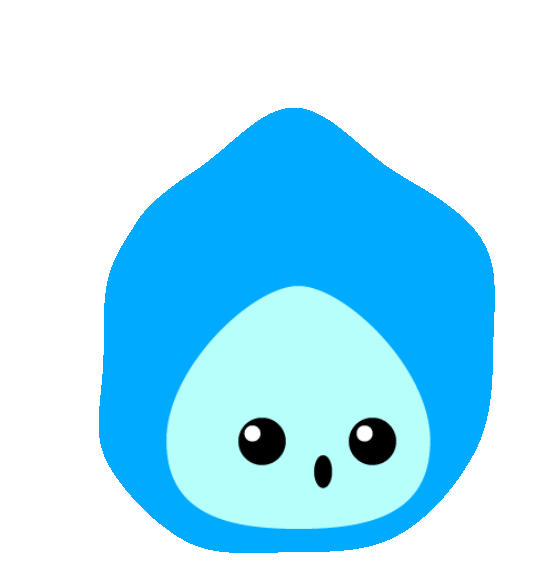

Na yukpa (Joy, Chatah)
Gholdy Muhammad in Unearthing Joy acknowledges that Joy must be part of educational curricula to adopt historically responsive learning standards for students (Muhammad & William, 2023.)
The stories chosen for this project highlight a wide range of topics- land back, Indigenous values, or personal histories- but above all else, Indigenous children's joy is at the center. By depicting joy, educators disrupt negative representations to break the cycle of bias toward Native American children. When positive representations of Indigenous people occur, non-indigenous students are also less likely to see their Native peers negatively (Eason et al., 2018.)
Every year the number of Indigenous stories by Natives for Natives grows. It is our duty to ensure that every student gets to see themselves reflected back in the books they read. The list compiled on this website is not exhaustive, but it is a good starting point for stories and histories by Native writers. The Choctaw Nation of Oklahoma's motto is "Together, we are more."
Together, we can create a better literary education for our students that tackles inaccurate histories while also creating accurate representations.
Yokoke (Goodbye, Chatah)
.
References
- Covarrubias, R., & Fryberg, S. A. (2015). The Impact of Self-Relevant Representations on School Belonging for Native American Students. Cultural Diversity & Ethnic Minority Psychology, 21(1), 10–18. https://doi.org/10.1037/a0037819
- Muhammad, G., & Williams, P. (2023). Unearthing joy: A guide to culturally and historically responsive teaching and learning. Scholastic Inc.
- Reese, D. (2008). Indigenizing children’s literature. Journal of Language and Literacy Education [Online], 4(2), 59-72.
- Eason, A. E., Brady, L. M., &; Fryberg, S. A. (2018). Reclaiming representations & interrupting the cycle of bias against Native Americans. Daedalus, 147(2), 70–81. https://doi.org/10.1162/daed_a_00491
Casey McGirt is a proud member of the Choctaw Nation of Oklahoma with ancestors from the Muscogee (Creek) and Seminole Nation's. As a Roanoke College student, her academic focus is Psychology. Her personal projects have included webinars on current issues in Indian Country, creating creative spaces for underrepresented artists, and working with Roanoke College's Center for Studying Structures of Race on their genealogy research project. Casey can be reached by email.
Casey is a self-described Activist, Auntie, Advocate, and Artist.
© May 2023// Casey McGirt